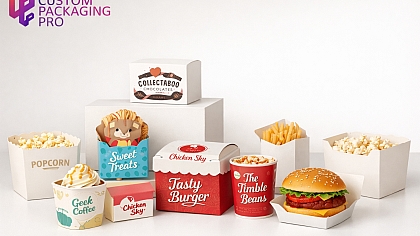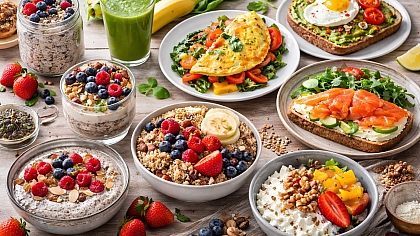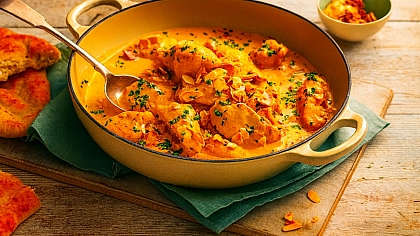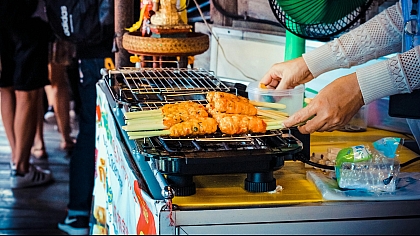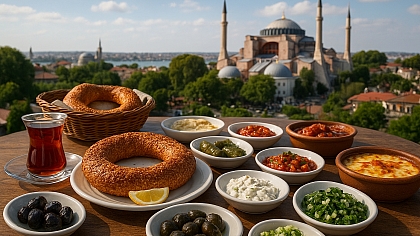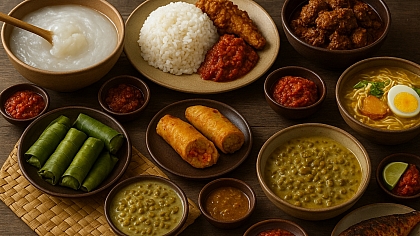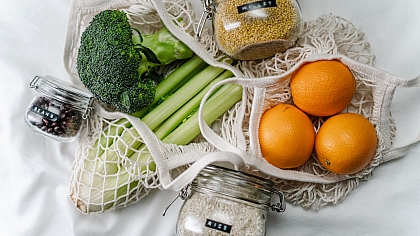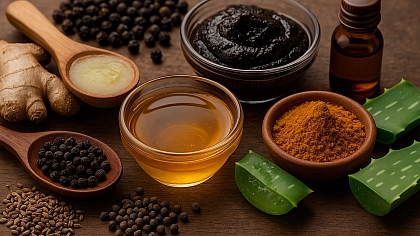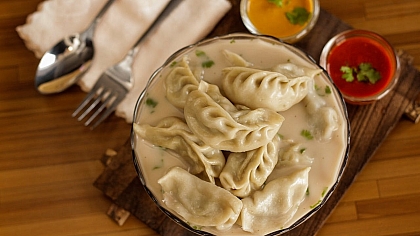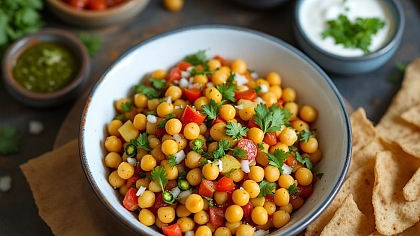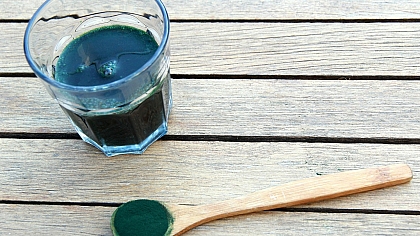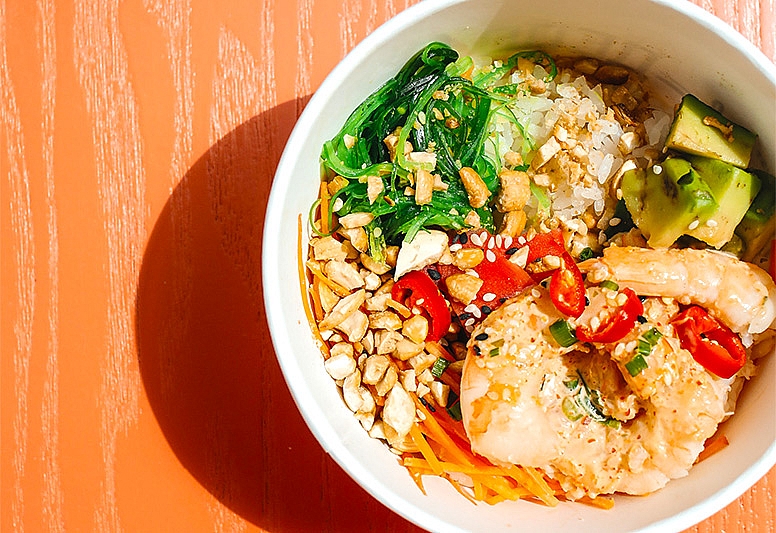
Hawaiian Poke Bowls: Discovering the Delightful World of Fresh Flavours
Poke bowls are traditional Hawaiian dishes that have taken the culinary world by storm, captivating food enthusiasts with their vibrant flavours, fresh ingredients, and endless customisation options.
We'll delve deeper into the origins of poke bowls, dissect their essential components, and provide a step-by-step guide to crafting your perfect bowl. Furthermore, we'll embark on a journey through regional variations of poke bowls, celebrating their diversity and global appeal.
Origins of Poke Bowls
Poke, pronounced poh-kay, derives from the Hawaiian word meaning "to slice" or "cut crosswise into pieces." Although poke has been a staple in Hawaiian cuisine for centuries, it recently gained international popularity. Historically, poke was a simple dish prepared by Hawaiian fishermen who seasoned the cut-offs from their daily catch with local ingredients like soy sauce, sesame oil, and seaweed. The 1970s marked a turning point for poke, as chefs and home cooks began experimenting with various flavours and ingredients, leading to the rich tapestry of poke bowl variations available today.
The Building Blocks of a Poke Bowl
A poke bowl is composed of several key components:
1. Base: The foundation of your poke bowl, with options such as white rice, brown rice, sushi rice, or greens like kale and mixed salad.
2. Protein: The centrepiece of the dish, featuring fresh seafood like ahi tuna, salmon, octopus, and shrimp, or vegetarian and vegan alternatives such as tofu or marinated mushrooms.
3. Toppings: An opportunity for creativity, toppings can include diced cucumbers, avocado, edamame, seaweed salad, radishes, mango, and more. Mixing and matching these ingredients adds depth to your bowl.
4. Sauces: The secret to a poke bowl's distinct flavour, with common choices like soy sauce, sesame oil, ponzu sauce, and spicy mayo. You can mix and match sauces to create your unique taste profile.
5. Garnishes: Small yet impactful additions like sesame seeds, crispy garlic, scallions, and furikake (Japanese seasoning) that enhance both the texture and flavour of your poke bowl.

Crafting Your Perfect Poke Bowl
Creating a poke bowl is an art form that allows you to tailor it to your preferences. Here's a step-by-step guide:
1. Choose your base: Begin by selecting your preferred base, whether it's rice or greens. The base provides structure and sets the stage for the other ingredients.
2. Select your protein: Decide on the protein that will be the star of your bowl. Seafood lovers can opt for fresh sushi-grade fish, while vegetarians and vegans can enjoy tofu or marinated vegetables.
3. Add your toppings: Get creative with toppings that complement your base and protein choices. Consider flavours, textures, and colours to create a visually appealing and delicious bowl.
4. Drizzle on the sauce: Choose a sauce or combine several to match your ingredients. Experiment with different flavour profiles to discover your favourite combination.
5. Garnish with style: Sprinkle your chosen garnishes over your poke bowl. These small but impactful additions elevate the overall taste and presentation of your creation.
Regional Variations of Poke Bowls
Poke bowls exhibit regional differences, reflecting local culinary preferences and ingredients. Here are some notable examples:
1. Hawaiian Poke: The birthplace of poke bowls, Hawaii offers a wide variety of styles. Traditional Hawaiian poke features cubed raw fish seasoned with ingredients like soy sauce, sesame oil, green onions, and sea salt, highlighting the natural flavours of the fish.
2. Japanese-Inspired Poke: In Japan, you'll find variations with Japanese flavours and ingredients like wasabi, nori (seaweed), pickled ginger, and ponzu sauce.
3. California Poke: On the U.S. mainland, especially in California, poke bowls have evolved to include a wider range of toppings and base options. Sushi rice, brown rice, or mixed greens serve as bases, and toppings can include avocado, tobiko (fish roe), spicy mayonnaise, and even unconventional ingredients like mango or cilantro.
4. Asian Fusion Poke: Various Asian countries have embraced fusion-style poke bowls, incorporating elements from different Asian cuisines. For example, Thai-inspired poke may feature Thai basil, chilli peppers, and lime, while Korean-inspired poke might include kimchi and gochujang sauce.
5. Mainland U.S. Variations: In the mainland United States, poke bowls have been adapted based on local tastes. Some regions offer cooked or marinated proteins to cater to those who prefer their fish or proteins cooked rather than raw. You might also find unique ingredients like quinoa, kale, or different types of sauces.
6. International Variations: As Poke's popularity continues to grow worldwide, different countries put their spin on the dish. You might encounter Mexican-inspired poke bowls with ingredients like jalapeГ±os and cilantro or Mediterranean-inspired poke with olives and feta cheese.
7. Vegan and Vegetarian Poke: To accommodate dietary preferences, some regions offer vegan or vegetarian poke bowls featuring tofu, tempeh, or marinated vegetables as the main protein source. These bowls often incorporate plant-based sauces and toppings.
Hawaiian poke bowls are more than just a meal; they represent a culinary adventure. From their humble origins in Hawaiian fishing communities to their current status as a global sensation, Poke Bowls continue to evolve and captivate food enthusiasts worldwide.
Whether you're savouring a classic poke bowl with ahi tuna or crafting your unique masterpiece, poke bowls offer a delicious and customizable dining experience. So, the next time you seek a fresh and tasty meal, dive into the world of poke bowls. Aloha! рџЊє

